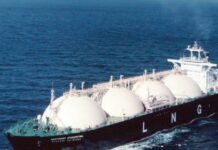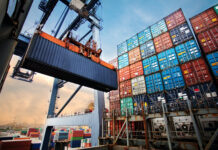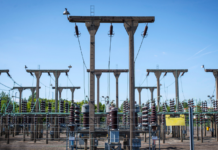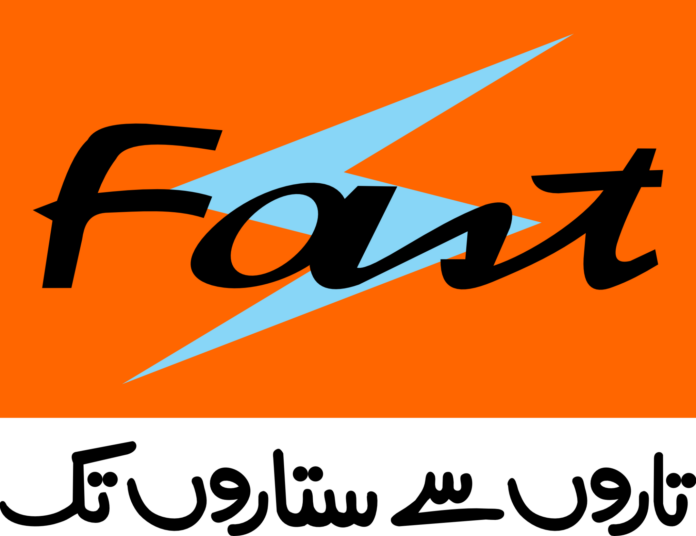After a bruising fiscal year in which revenues and earnings slid, Fast Cables Ltd has opened FY26 on a firmer footing. The Lahore‑based wire, cable and conductors manufacturer reported a strong first‑quarter bounce in sales and profits, a print management links to early signs of revived procurement by utilities and the government, and to a pipeline of private‑sector projects long delayed by high inflation and tight budgets.
The company’s analyst briefing in early November offered a striking contrast: a difficult FY25 now in the rear‑view mirror and a first quarter that suggests demand is finally moving again. The tone was cautiously optimistic – emphasis on “cautiously” – but with a clear message that capital expenditure across the public and private sectors is the key variable for the rest of the year.
Fast Cables’ 1QFY26 numbers point to a turn in operating momentum. Net sales rose to Rs8.6 billion, up 20% year‑on‑year from Rs7.2 billion in 1QFY25. Gross margin improved to 17% from 15%, lifting gross profit by 39% to Rs1.5 billion. Operating profit surged 70% to Rs1.0 billion, and profit after tax climbed 87% to Rs388 m. Quarterly earnings per share were Rs0.6, versus Rs0.3 a year earlier. Finance costs eased 26%, helping the bottom line even as the company stepped up activity. The content in this publication is expensive to produce. But unlike other journalistic outfits, business publications have to cover the very organizations that directly give them advertisements. Hence, this large source of revenue, which is the lifeblood of other media houses, is severely compromised on account of Profit’s no-compromise policy when it comes to our reporting. No wonder, Profit has lost multiple ad deals, worth tens of millions of rupees, due to stories that held big businesses to account. Hence, for our work to continue unfettered, it must be supported by discerning readers who know the value of quality business journalism, not just for the economy but for the society as a whole.To read the full article, subscribe and support independent business journalism in Pakistan
























